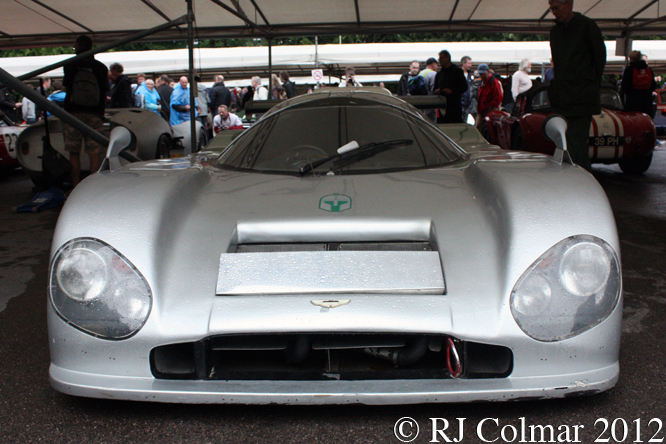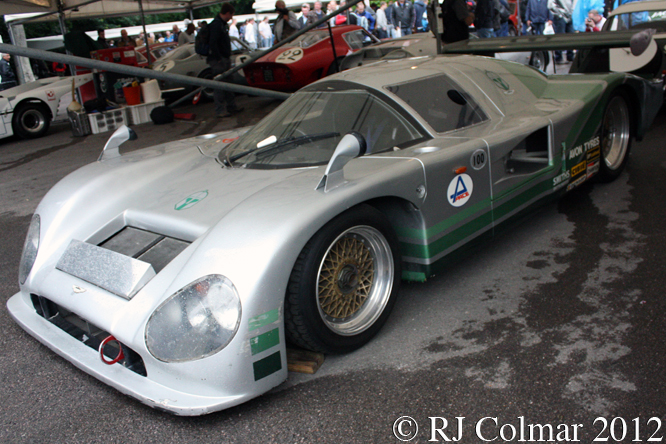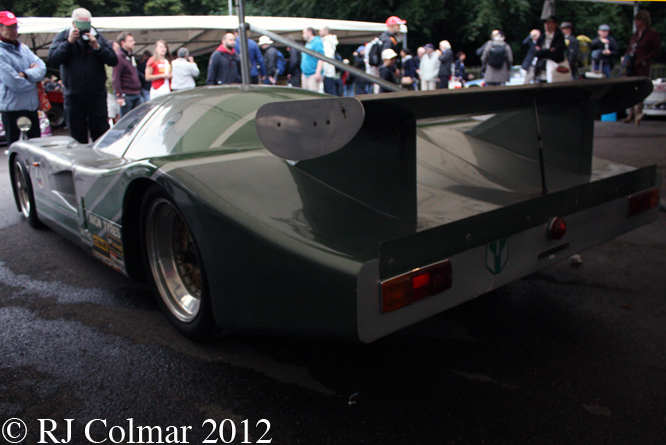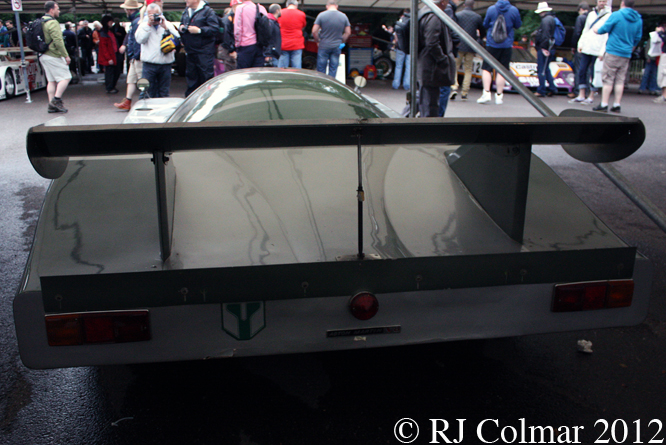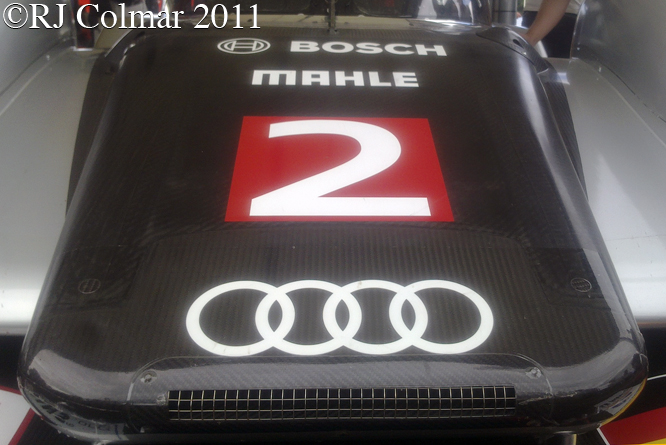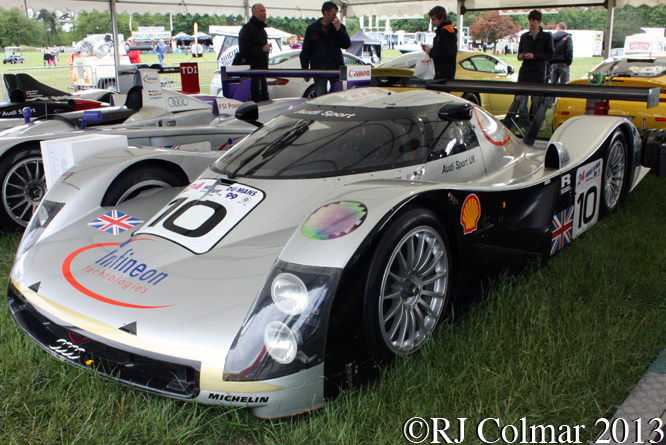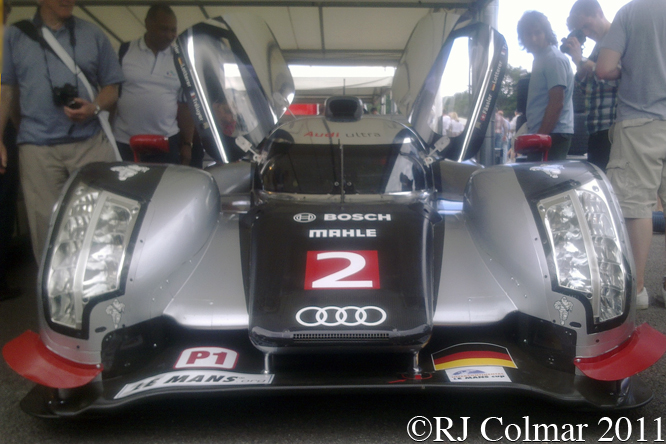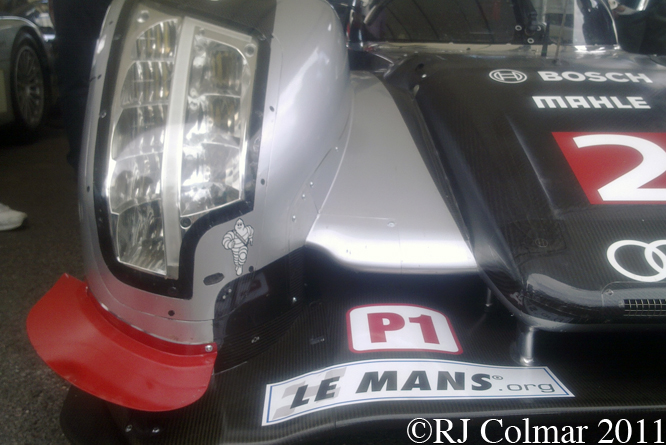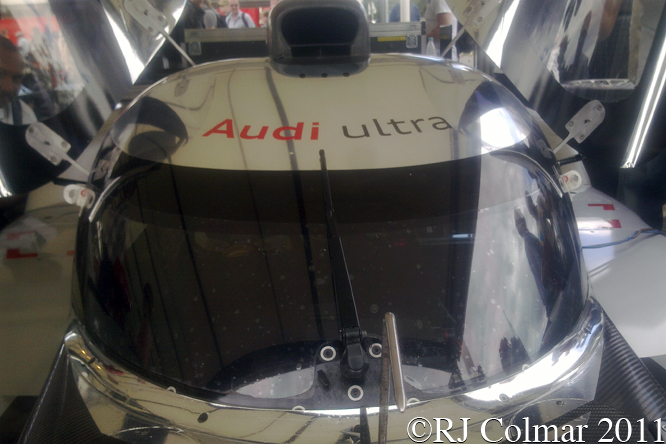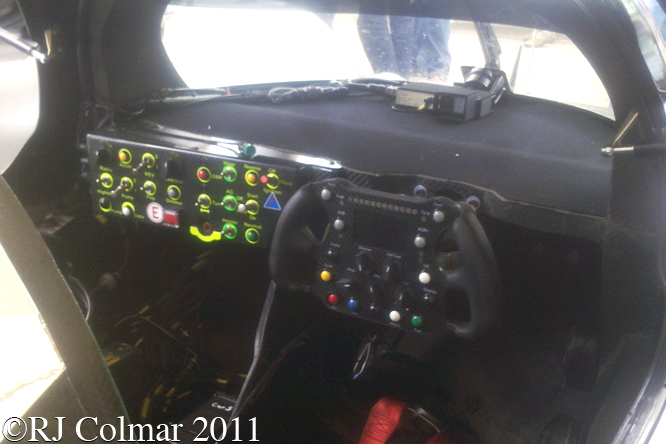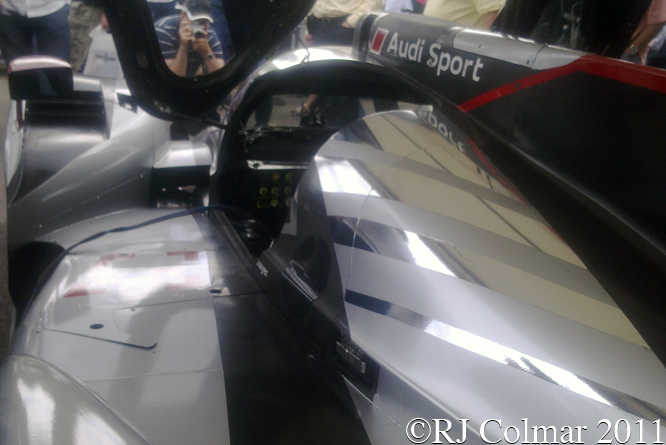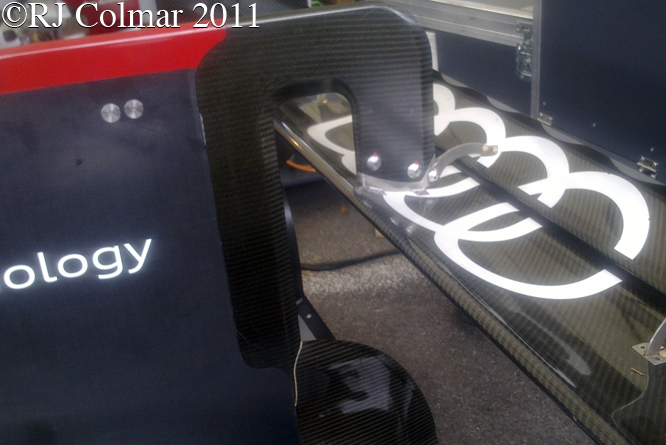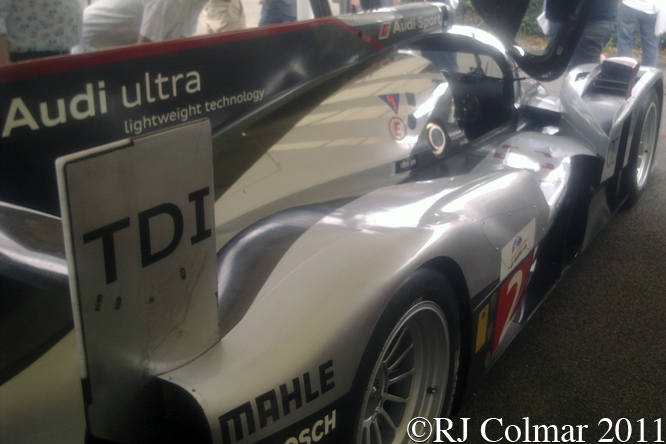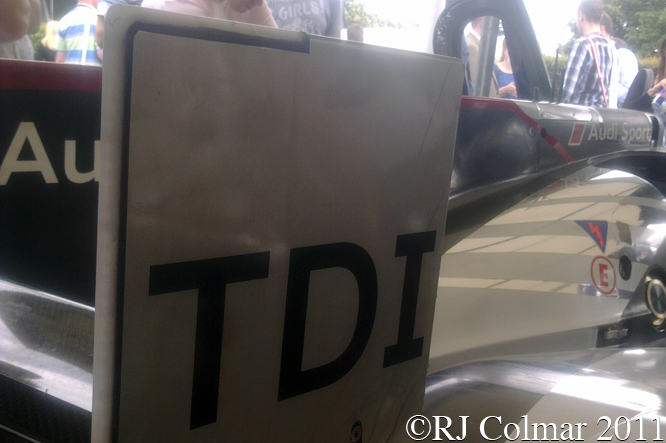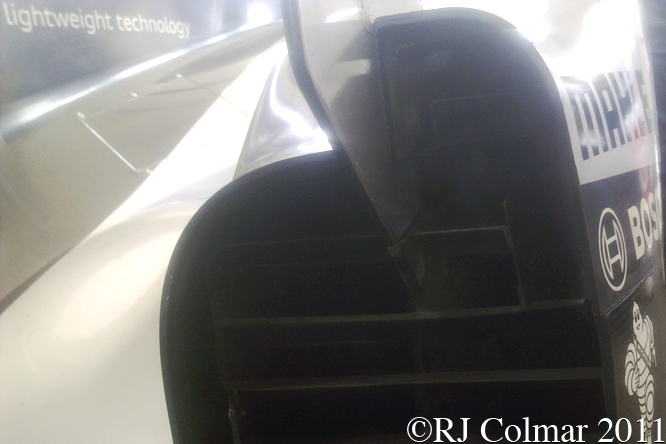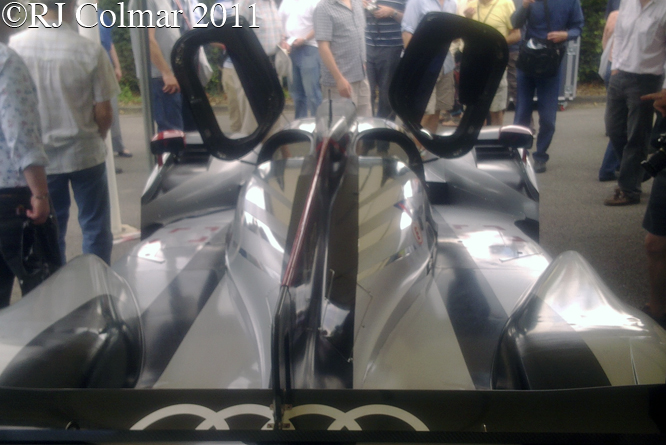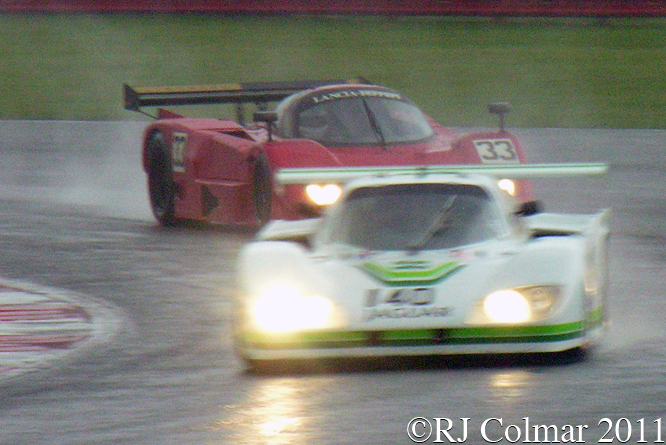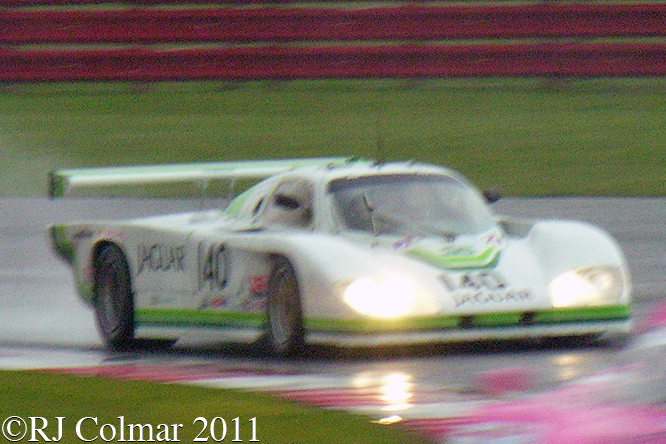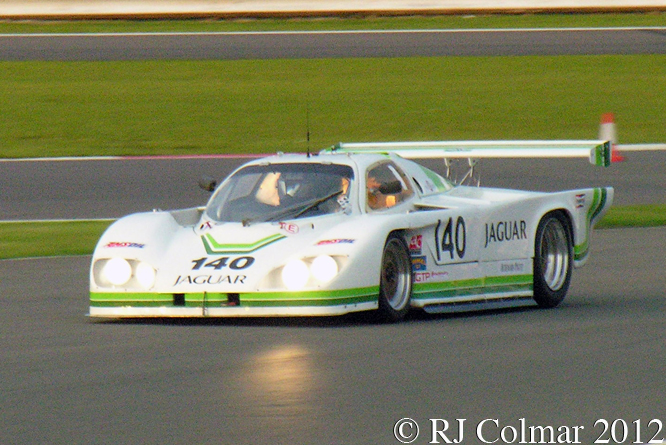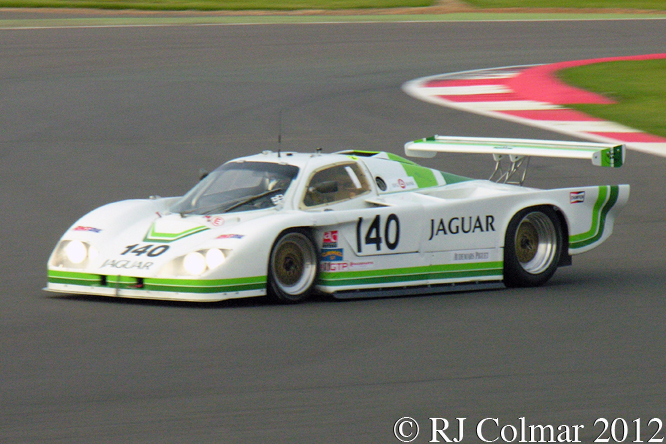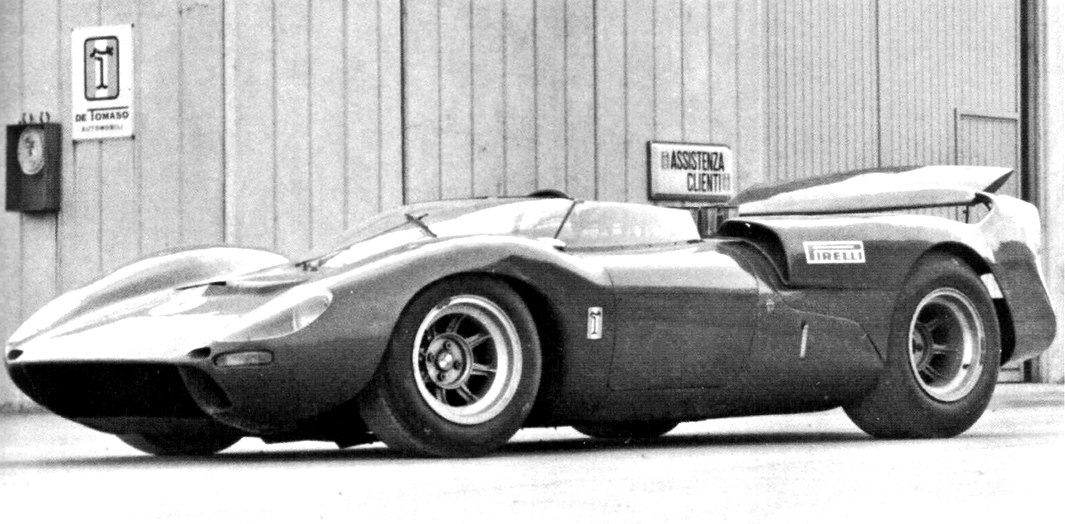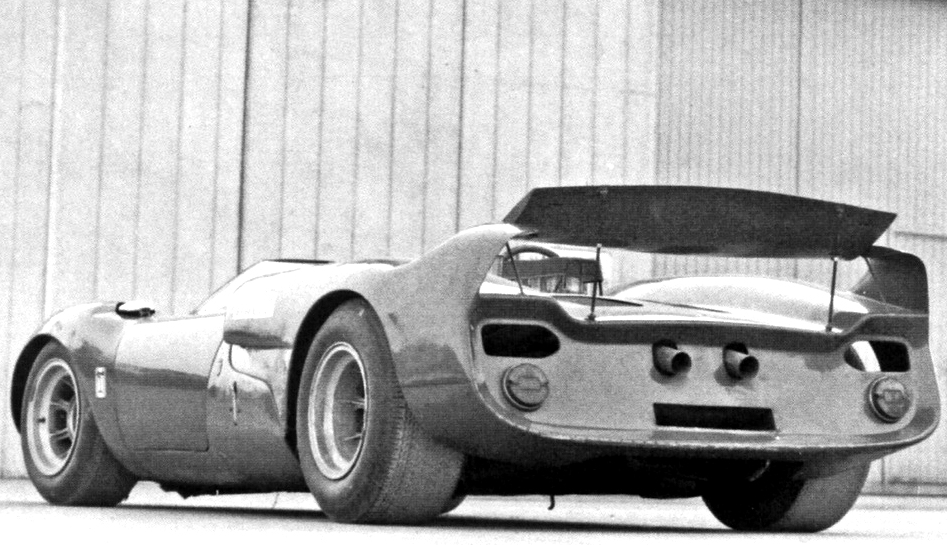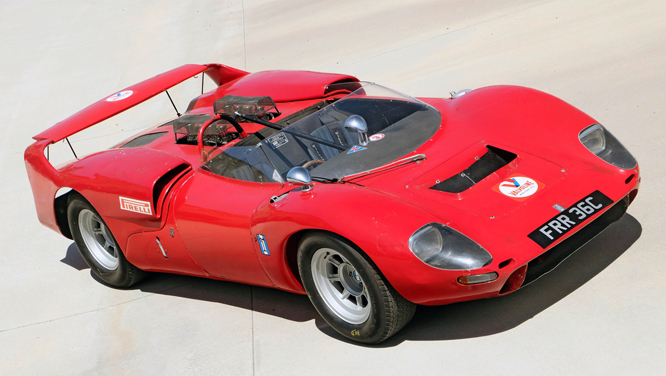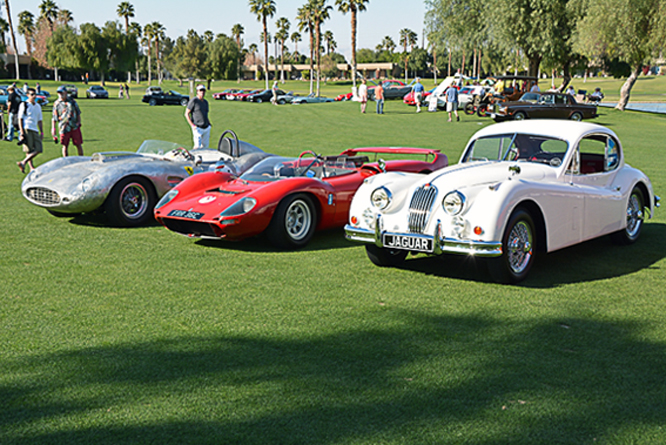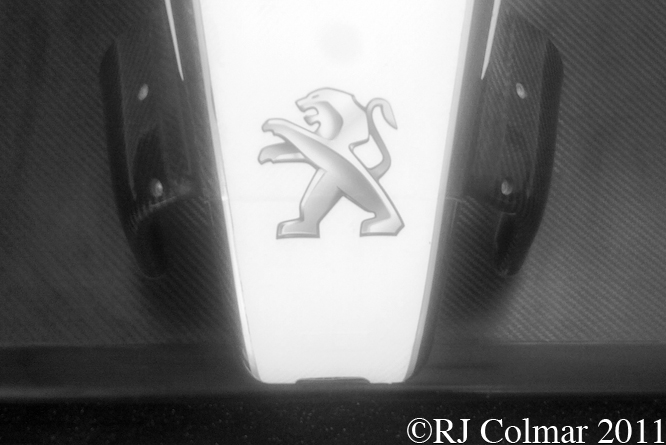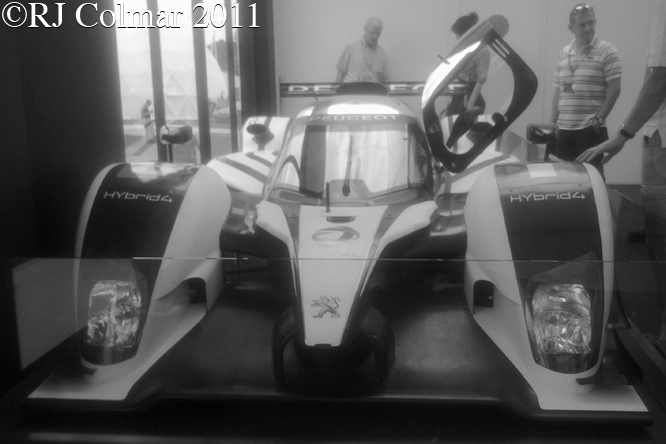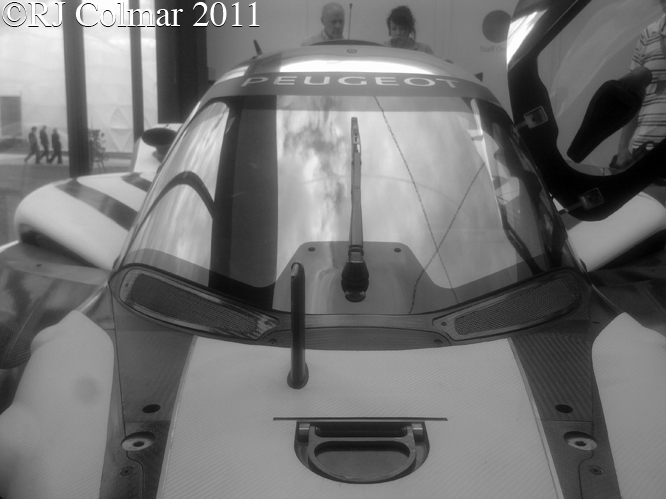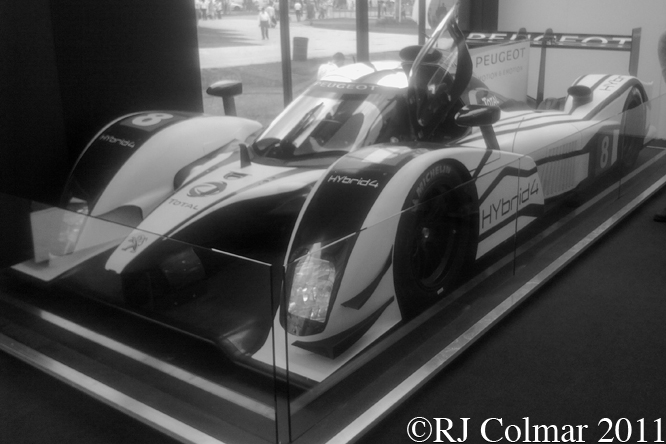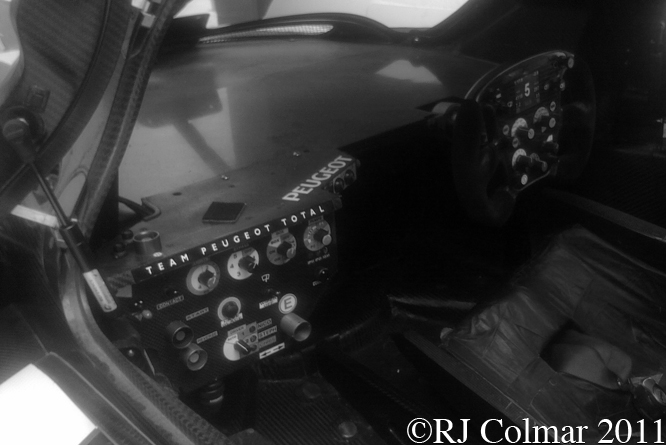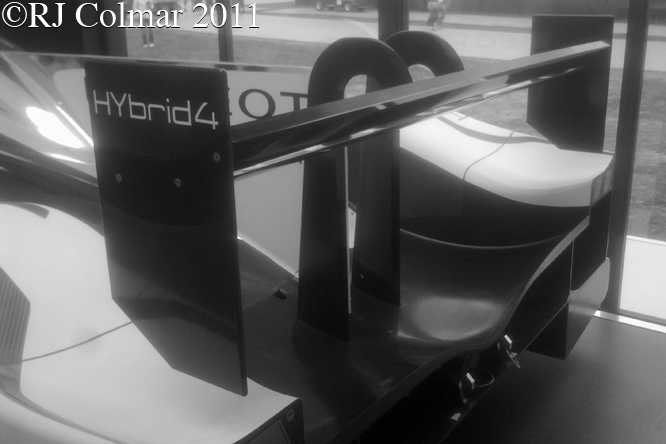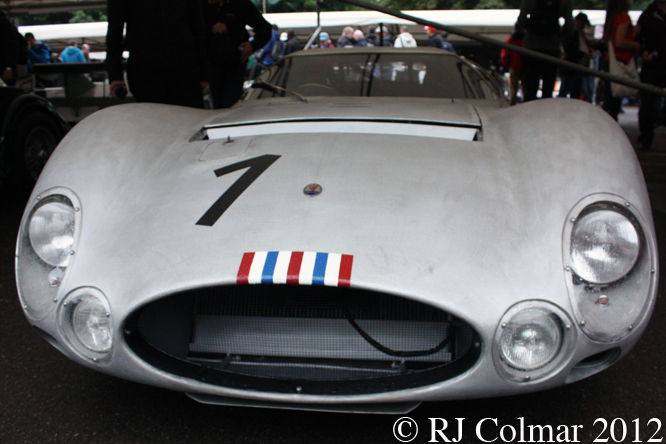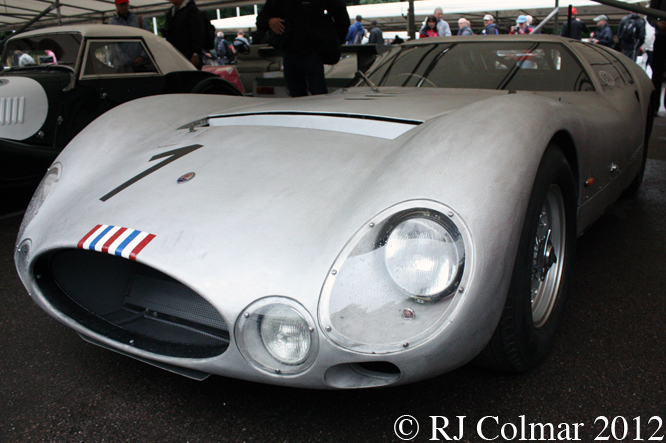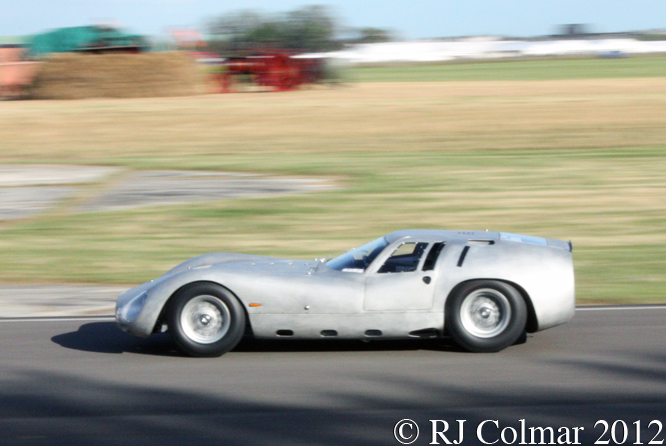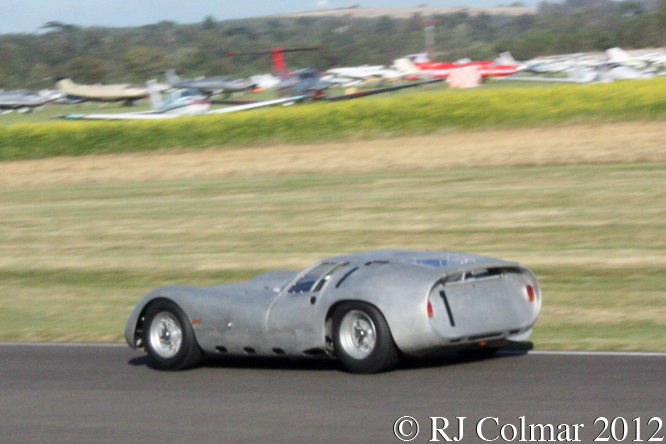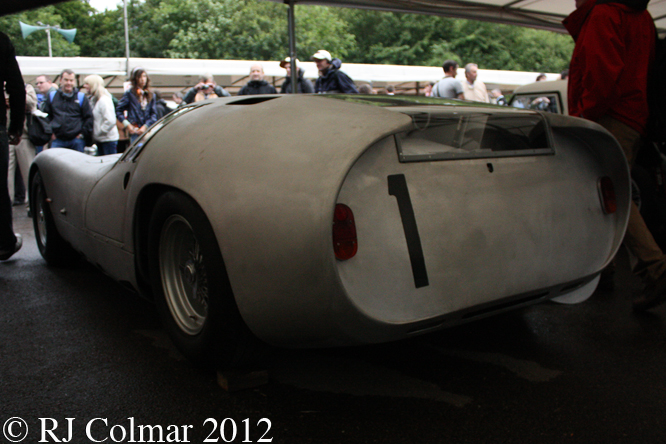Just over a week ago a friend mentioned he was taking part in the Chipping Sodbury Classic (Car) Run and I thought it would be fun to pop over to see what was happening.
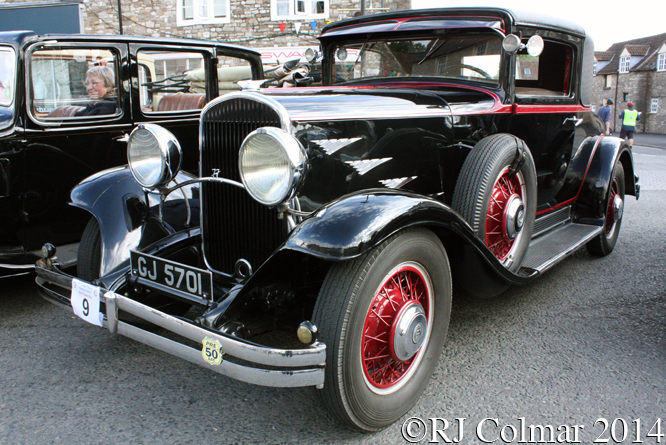
There were a trio of Chryslers taking part two late twenties, E80 convertibles and this 1930 77 Royale Coupé a vehicle spold on it’s superior engineering which included standard “weatherproof hydraulics” for the braking system and came in without extra’s at $1725.
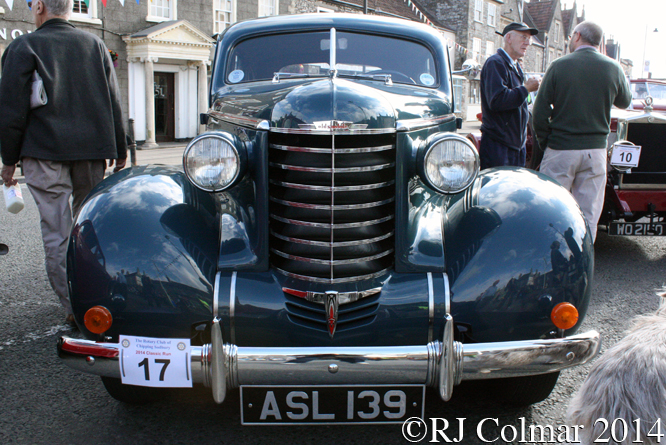
By 1937 US cars were displaying a good deal more Art Deco style than they had been just seven years earlier, an Oldsmobile Six also known as as an F37 and also “The Four Door Touring Sedan, a vehicle in US culture by the 1983 low budget made for TV production of “A Christmas Story” which was declared to be “culturally, historically, and aesthetically significant” by the U.S. Library of Congress and selected for preservation in the National Film Registry.
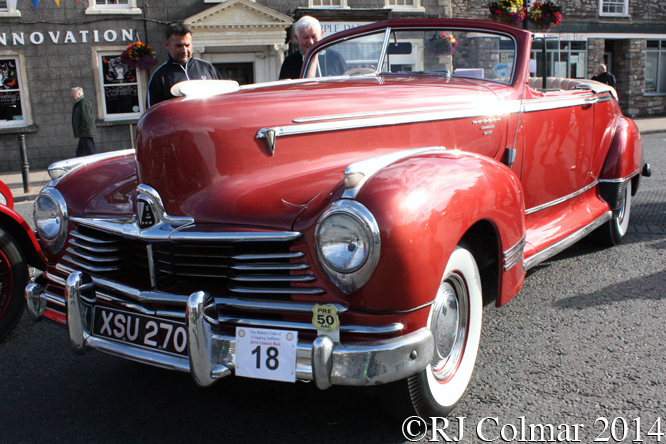
In 1942 Hudson was ordered to stop making vehicles for civilian use in order to contribute to the war effort. On the 30th of August 1945 Hudson resumed civilian vehicle manufacture with the mildly face lifted Hudson Commodore 8 at the top of it’s range. The convertible seen above is a 1947 model which was replaced by a completely new design in 1948.
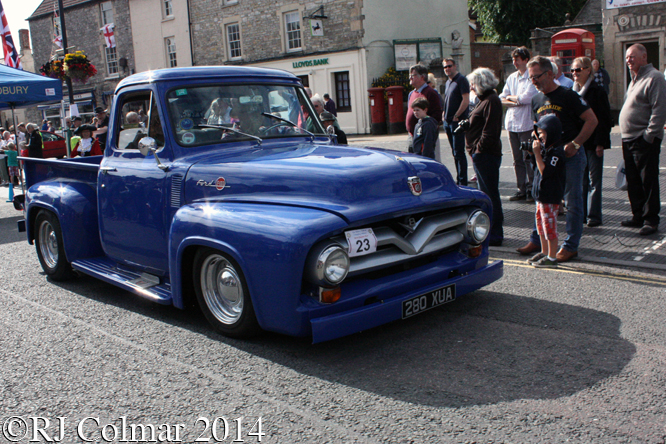
Inspired by the F-100 Super Sabre Jet fighter Ford changed the name of it’s second generation F Series pickup from F1 to F100, the example above was built in 1955 and is powered by a 4.7 litre 286 cui motor.
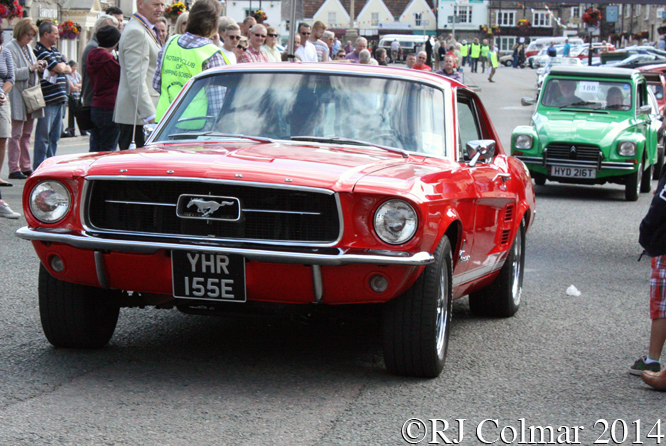
Today’s tenuous link brings together the Hudson Commodore 8 convertible and the Ford Mustang. One of the team who contributed to the design of the pre war Hudson Commodore 8 was Elizabeth Ann Thatcher who left Hudson in 1941 when she married Cadillac designer Joe Oros who went on to become head of the design team at Ford that created the Mustang. The example seen above is a second generation model built in ’67.
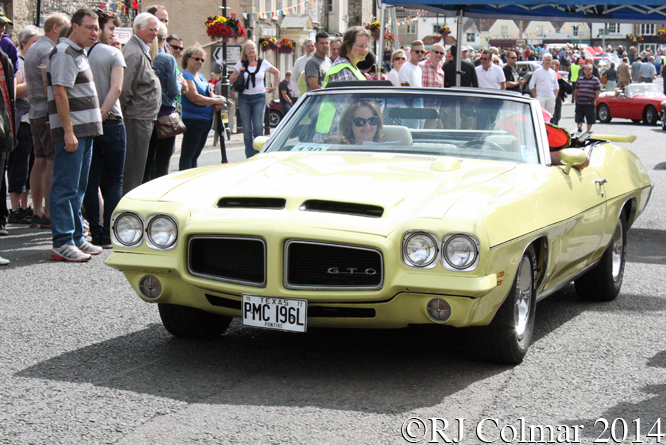
Today’s final featured vehicle is a 1972 Pontiac Le Mans sport convertible with a GTO options including a rare spoiler on the boot / trunk lid. The reason the spoiler is rare is because soon after production of the accessory started the mould broke and the item was subsequently deleted from the options list.
Thanks for joining me on this “Classic Run Americana” edition of “Gettin’ a li’l psycho on tyres” I hope you will join me again tomorrow when I’ll be looking at some Ferraris at the recent San Marino Motor Classic. Don’t forget to come back now !


